Sony A7R V vs Sony A1
The new Sony A7R V packs in so much power it really closes in on the far more expensive Sony A1 – so which is actually best?
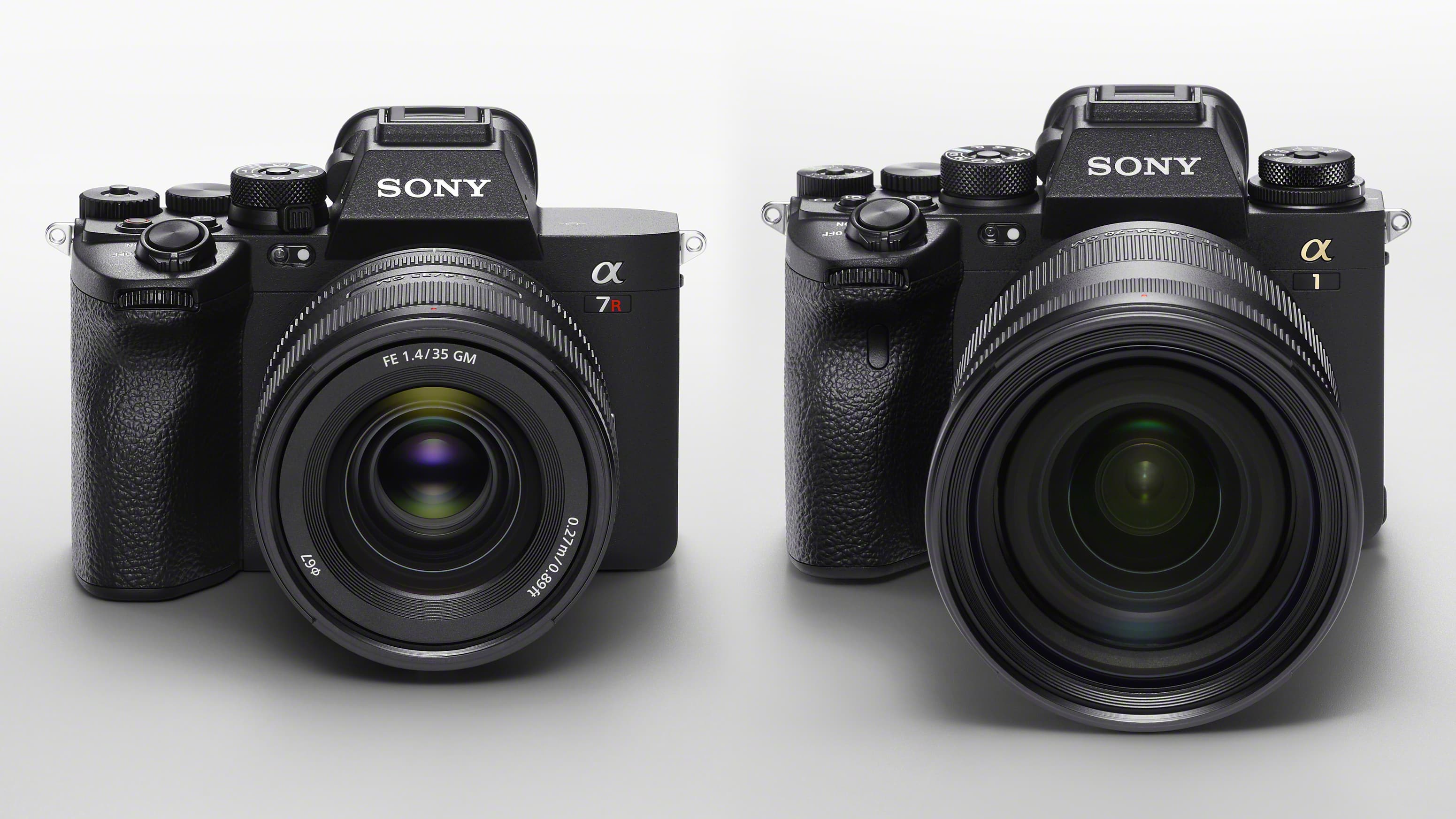
Sony has a habit of cramming more power, more features and more speed into every model, pushing the envelope in every direction at once. That’s certainly the case with the Sony A7R V, the ‘resolution’ specialist in the Sony Alpha range – which gets an upgrade to practically everything EXCEPT resolution!
The headline features for the Sony A7R V are new 8K video capture capability, 10fps continuous shooting now with a huge buffer capacity, and a new AI processing unit which, among other things, takes subject recognition and tracking to a new level.
All of this clearly puts the A7R V on a collision course with the mighty flagship Sony A1, a camera costing more than 50% more and which, on paper, looks like it’s falling behind the A7R V in a couple of respects.
So if you want the best Sony camera you can get right now, or the best camera for professionals, you’ve got a bit of a dilemma. After all, the Sony A7R V is amongst the highest resolution cameras on the market.
So let’s break down the key differences between the Sony A7R V and the Sony A1 to see where one pulls ahead of the other and what it means for photographers.
Sony A7R V vs Sony A1
Why you can trust Digital Camera World
1. Sensor

• Sony A7R V: 61MP back-illuminated Exmor R CMOS, 240MP Pixel Shift
• Sony A1: 50.1MP stacked Exmor RS CMOS, 199MP Pixel Shift
These cameras may appear broadly similar in resolution, but they use two different sensor types. The Sony A7R V uses the same 61MP back-illuminated sensor design of its predecessor, the A7R IV. Some will have hoped that Sony would up the resolution for the new model, but in all fairness 61MP is probably quite enough. It’s certainly more than the 50MP of the more expensive Sony A1.
However, the A1 uses a faster and more advanced ‘stacked’ sensor design, which helps it deliver much faster burst shooting speeds and more advanced video options, even if they appear similar on paper. More on this shortly.
2. ISO range
• Sony A7R V: ISO 100-32,000 (exp 50-102,400)
• Sony A1: ISO 100-32,000 (exp ISO 50-102,400)
Surprisingly, perhaps, the stacked sensor design and slightly lower resolution of the Sony A1 doesn’t extend the ISO range any further. Both go up to ISO 32,000, or ISO 102,4000 in extended mode, so while they are both perfectly capable low-light shooters, it’s not exactly their speciality.
3. Raw formats
• Sony A7R V: Uncompressed, compressed, lossless raw 61MP/26MP/15MP, APS-C 26MP/15MP
• Sony A1: Uncompressed, compressed, lossless raw 50MP/21MP/12.4MP, APS-C 21MP/12.4MP
The Sony A1 offered heaps of raw flexibility, with uncompressed raw, compressed raw and lossless raw options. The latter has a choice of L (50MP), M (21MP) and S (12.4MP), the latter also available in Super35/APS-C crop mode.
But the A7R V matches all of those options, and the higher resolution sensor brings advantages right across the size range. Compared to the Sony A1, it offers L (61MP), M (26MP) and S (15MP) sizes, with the last two also available for APS-C crop mode. Those 26MP and 15MP M and S sizes are that little bit more appealing than the A1’s alternatives.
4. Continuous shooting
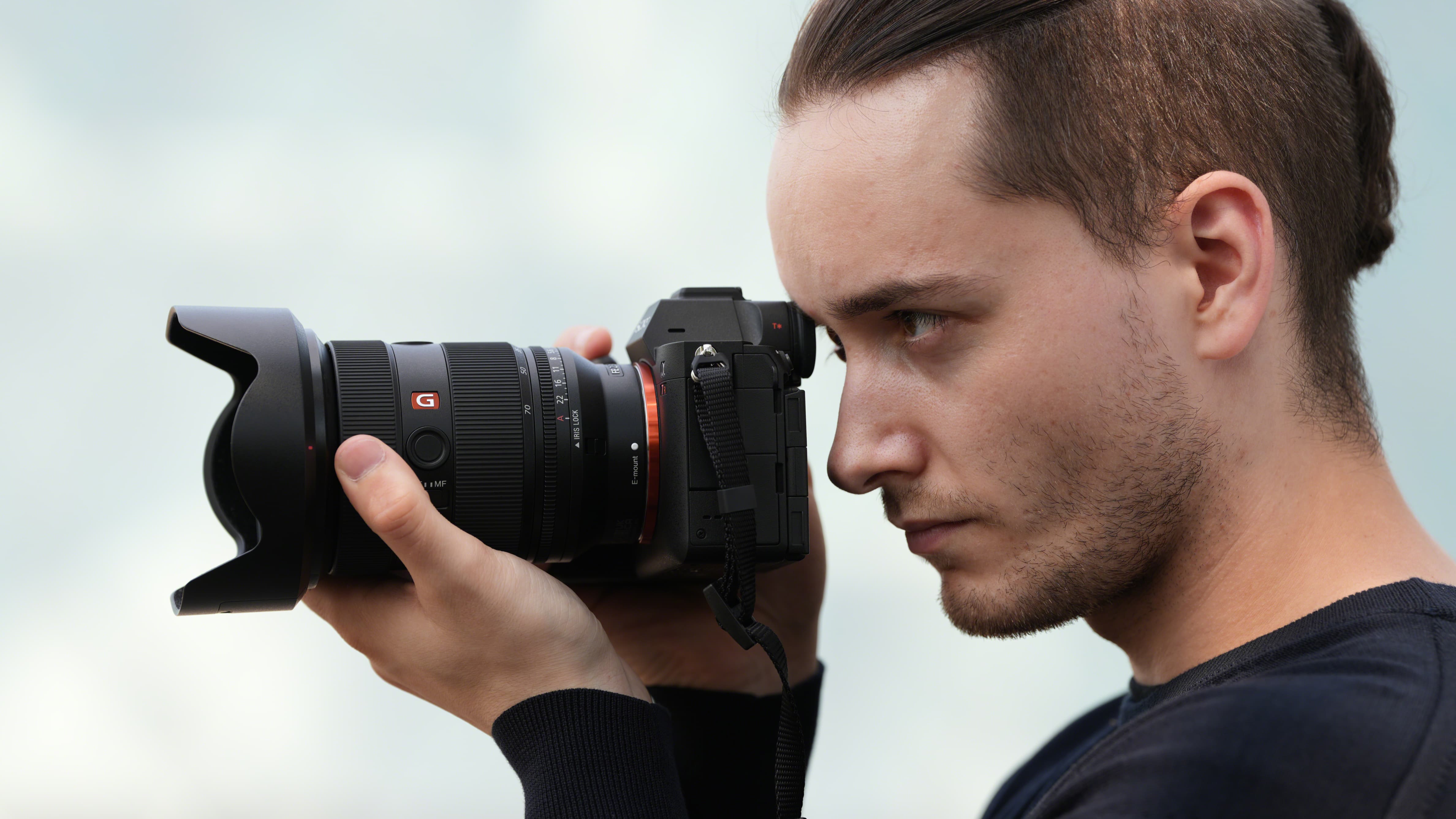
• Sony A7R V: 10fps mechanical & electronic, buffer 583 compressed raw
• Sony A1: 10fps mechanical, 30fps electronic, buffer 400 JPEG/238 compressed raw
Both cameras have 10fps mechanical shutters and both have electronic shutters too – but while the A7R V’s electronic shutter captures at the same 10fps frame rate as its mechanical one, the A1’s electronic shutter goes right up to 30fps. And while we haven’t had the chance to do any side-by-side testing, it seems almost certain that the A1’s electronic shutter will show a lot less rolling shutter distortion thanks to that stacked sensor.
However, 10fps is still a lot, and enough for all but the most demanding sports use, so the A7R V keeps up very well, especially with its new, huge buffer capacity. Sony doesn’t quote like for like burst rate/buffer figures, so the numbers above are only a guide – but the A7R V looks at least the equal of the A1 for burst depth. Not bad for a ‘resolution’ camera!
5. Autofocus
• Sony A7R V: 693 selectable AF points, 79% coverage, -4EV sensitivity, AI processing unit
• Sony A1: 759 selectable AF points, 92% coverage,
The Sony A1 naturally boasts Sony’s latest and best real-time subject tracking AF – or at least it did until the Sony A7R V came out. That’s because the A7R V has a brand new dedicated AI processor that takes subject recognition and tracking to a new level. The Sony A1 still has a few more phase-detect AF points covering a larger area of the frame, but it doesn’t have the A7R V’s new AI-powered autofocus.
6. Video
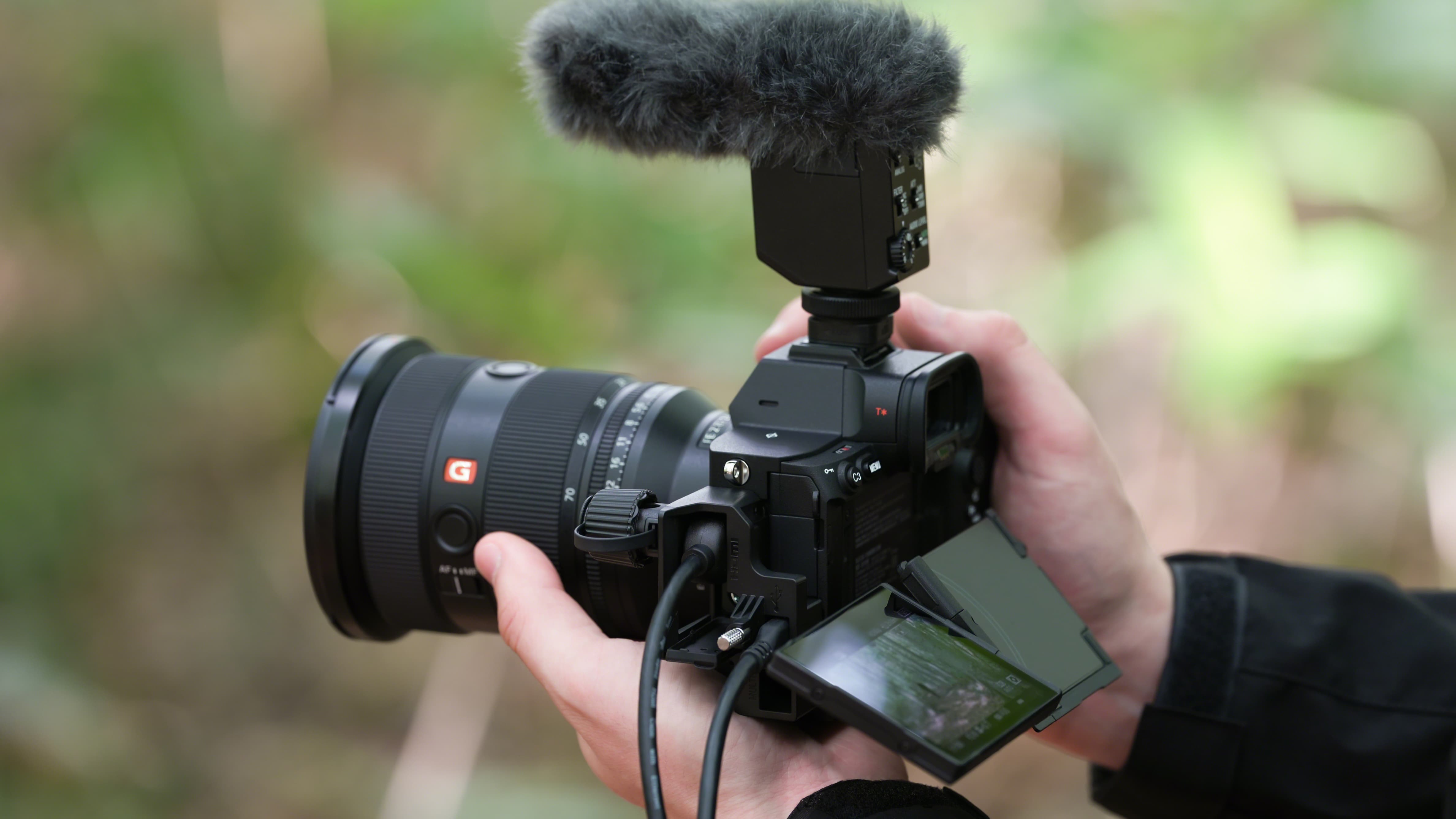
• Sony A7R V: 8K 24p, 4K 60p
• Sony A1: 8K 30p, 4K 120p
It might look as if the Sony A7R V and A1 are evenly matched, since they both shoot 8K video, but the devil is in the detail, as they say. The A7R V is clearly at its limits with 8K, working with a 1.2x crop and limited to 24p capture, which isn’t going to work if you prefer a 25p, 30p or 60p timeline. Worse, if you want the best quality oversampled 4K video, you have to shoot in APS-C/Super35 crop mode.
The Sony A1, although not an out-and-out video specialist itself either, does a lot better, with full-width 8K 30p capture and 4K at up to 120p with a modest 1.13x crop. The 4K recording options are very impressive in a camera with such a high native resolution, and it’s clearly a step (or more) above the A7R V for video.
7. Stabilization
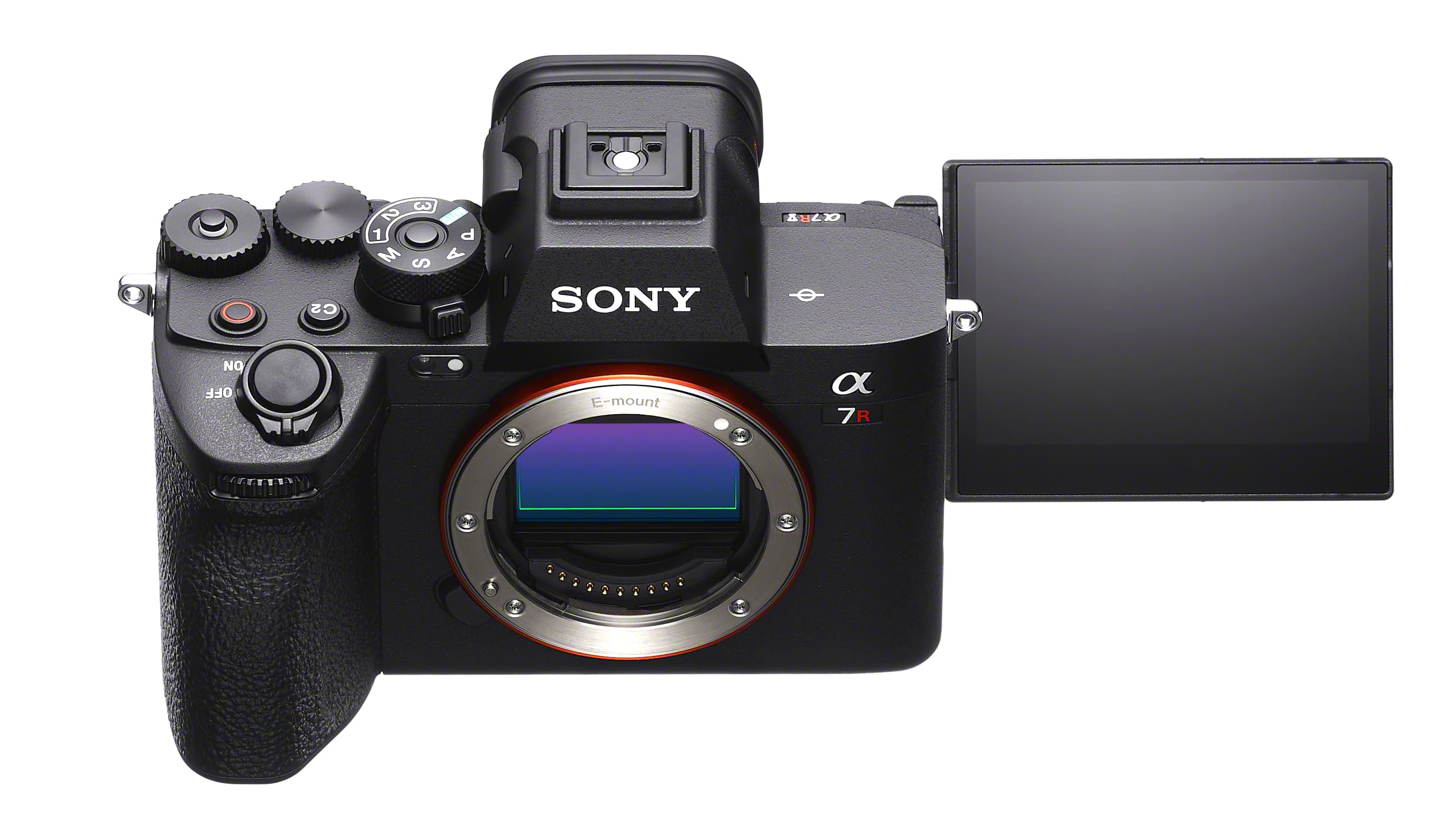
• Sony A7R V: 5-axis IBIS, up to 8 stops compensation
• Sony A1: 5-axis IBIS, up to 5.5 stops compensation
The Sony A1 might win bragging rights for its video capabilities, but takes a knock with its image stabilization. Sony rates the A1’s 5-axis stabilizer as offering up to 5.5 stops of compensation. The bad news for the A1 is that Sony has reworked its IBIS system for the A7R V to offer up to 8 stops of compensation. That’s a pretty big jump by anyone’s standards. Not only that, the A7R V has a new and improved dust reduction system, hopefully alleviating long-running sensor dust issues for many Sony owners.
8. Displays
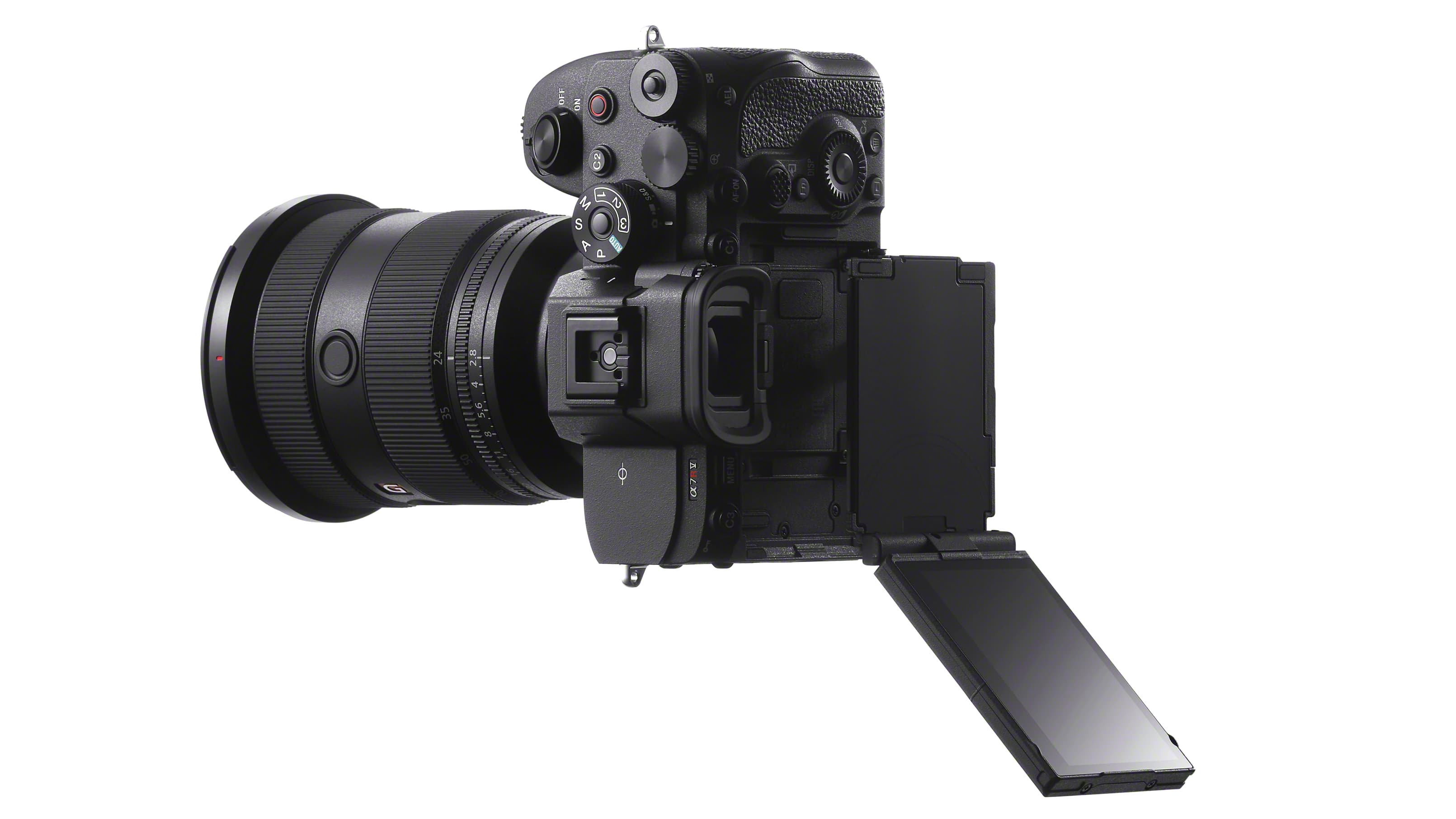
• Sony A7R V: 9.44m-dot EVF, 2.1m-dot 3.2-inch 4-way multi-angle screen
• Sony A1: 9.44m-dot EVF, 1.44m-dot 3-inch tilting screen
The Sony A7R V, as part of its upgrade from the previous version, gets Sony’s latest and best 9.44m-dot EVF, which puts it on a par with the Sony A1. But what’s this? The A7R V also gets a brand new 3.2-inch 4-way multi-angle 2.1m-dot rear screen which combines a tilt and a flip-out vari-angle pivot action. This makes the simple tilting 3-inch screen on the back of the A1 look feeble, especially as it only has 1.44m dots. That screen looked a mistake when the A1 first came out, and all the more so now, since the A7R V’s screen is bigger, sharper and better.
9. Storage
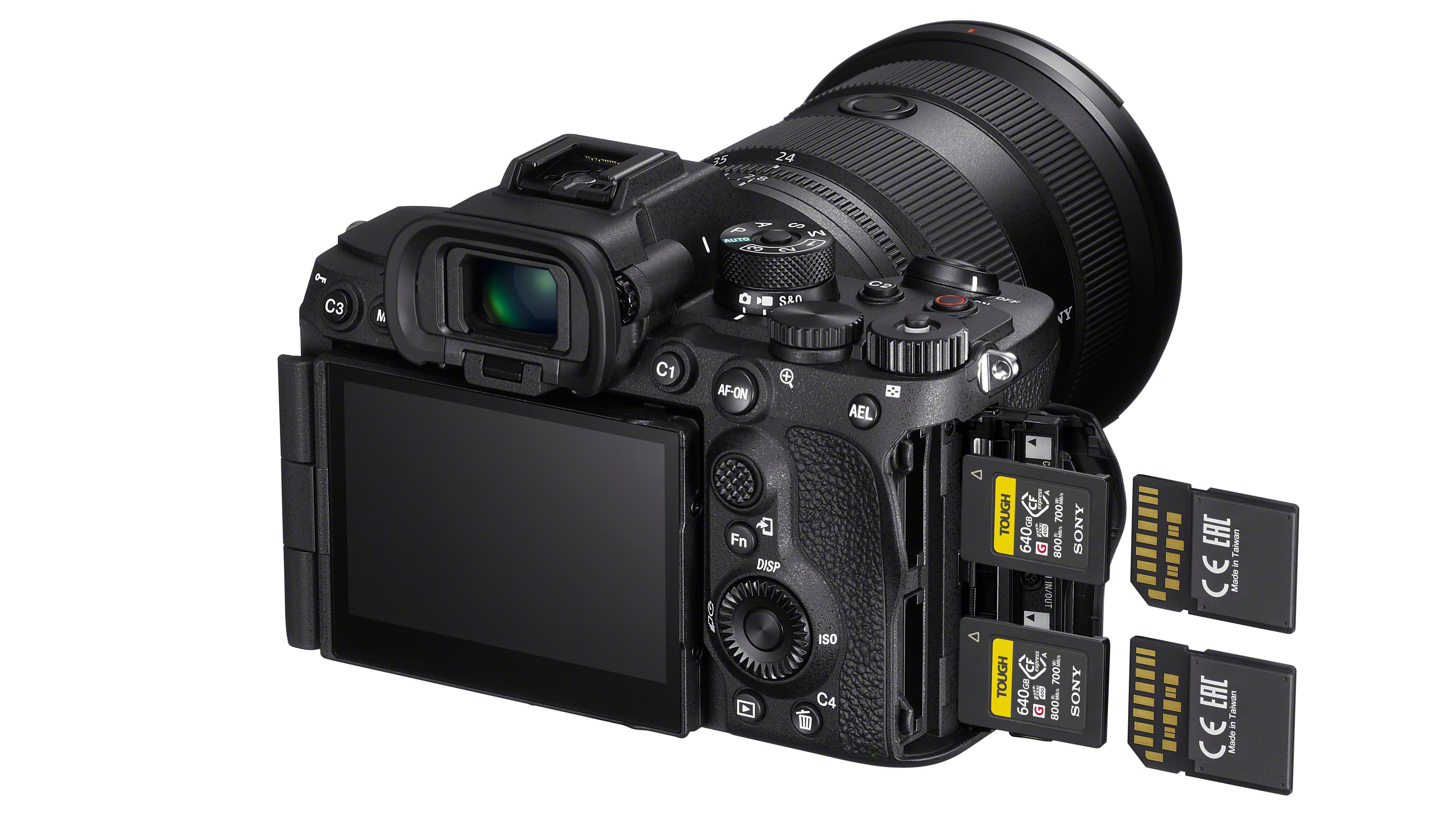
• Sony A7R V: 2x SD UHS II/CFexpress Type A
• Sony A1: 2x SD UHS II/CFexpress Type A
Both cameras use dual card slots, each of which can take both UHS II SD cards and CFexpress Type A cards. The CFexpress card support is more likely to benefit the A1 with its faster shooting and readout speeds, but the bottom line is that neither camera has an advantage here.
10. Dimensions and design
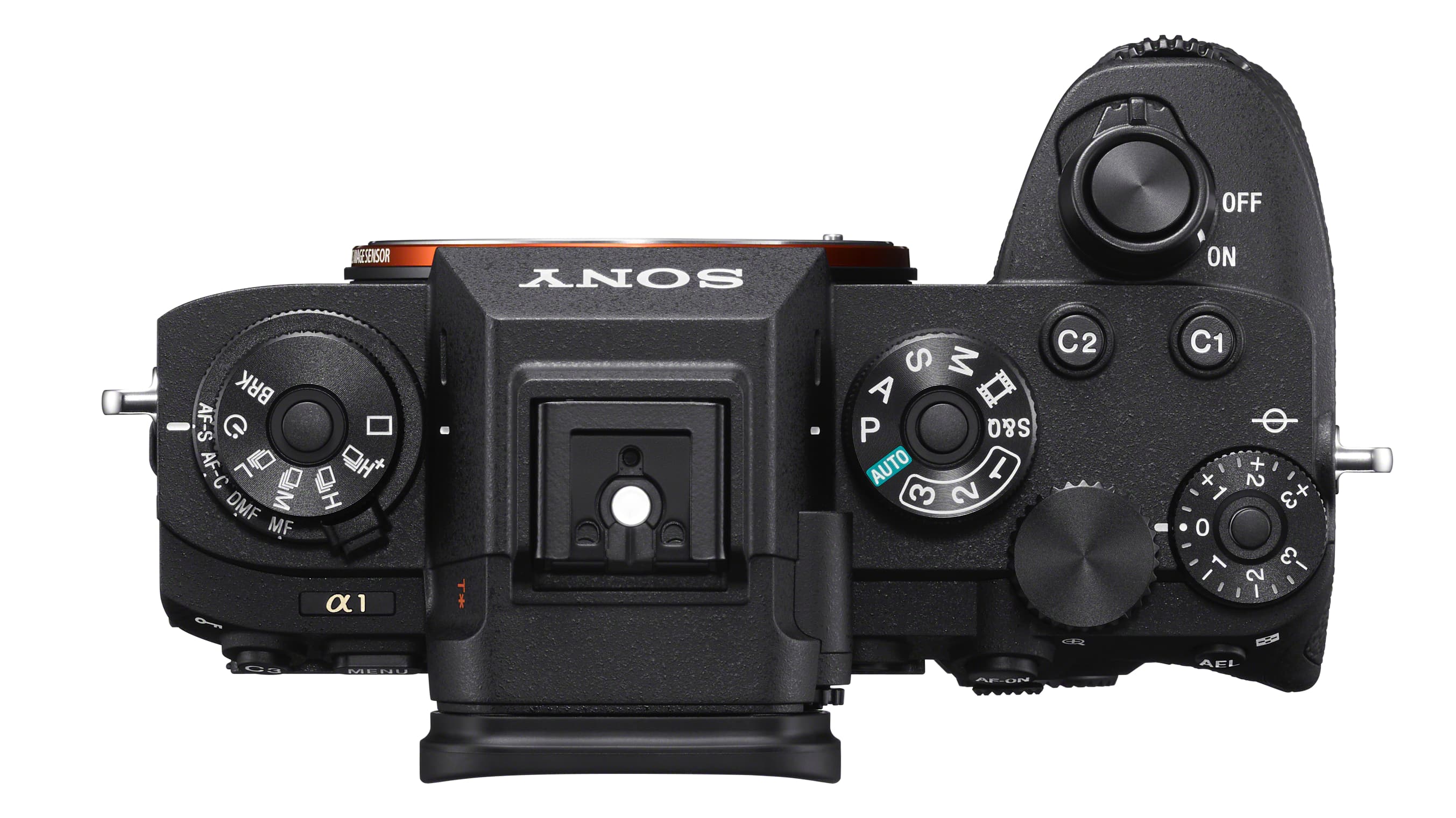
• Sony A7R V: 131.3 x 96.9 x 82.4mm, 723g
• Sony A1: 128.9 x 96.9 x 80.8mm, 737g
The Sony A7R V and Sony A1 are so close in dimensions and weight as to be practically the same. The A1 is fractionally smaller but looks bigger and is slightly heavier. Both feel like they need the extra hold of a battery grip when used with larger lenses, though the A1 has a taller, better grip and a better control layout on the top with a stacked drive mode and AF mode dial where the A7R V just has an empty space.
Sony A7R V vs Sony A1: conclusions

We thought when we tried out the Sony A7R V that Sony had moved it so far towards the capabilities of the A1 that maybe it risked cannibalizing sales of its flagship camera. This detailed comparison of the specs brings that home even more clearly.
The Sony A1 still wins for sensor readout speed, fast continuous shooting and video capabilities, but it’s no longer possible to consider it as the ‘ultimate’ Sony camera when it’s matched or even beaten in some respects by the Sony A7R V.
The A7R V offers more resolution than the Sony A1, it can match its continuous shooting capabilities and buffer capacity at 10fps, it has improved in-body stabilization and it has a newer, more advanced AI autofocus system. True, its 8K video headline conceals some fairly profound video limitation. You would almost certainly choose the Sony A1 over the A7R V for video – but it’s over 50% more expensive.
The Sony A1 seemed overpriced when it first came out, and even more so now. The trouble with being the best is that you have to STAY the best, and the A1’s crown is definitely slipping.
Get the Digital Camera World Newsletter
The best camera deals, reviews, product advice, and unmissable photography news, direct to your inbox!

Rod is an independent photography journalist and editor, and a long-standing Digital Camera World contributor, having previously worked as DCW's Group Reviews editor. Before that he has been technique editor on N-Photo, Head of Testing for the photography division and Camera Channel editor on TechRadar, as well as contributing to many other publications. He has been writing about photography technique, photo editing and digital cameras since they first appeared, and before that began his career writing about film photography. He has used and reviewed practically every interchangeable lens camera launched in the past 20 years, from entry-level DSLRs to medium format cameras, together with lenses, tripods, gimbals, light meters, camera bags and more. Rod has his own camera gear blog at fotovolo.com but also writes about photo-editing applications and techniques at lifeafterphotoshop.com
